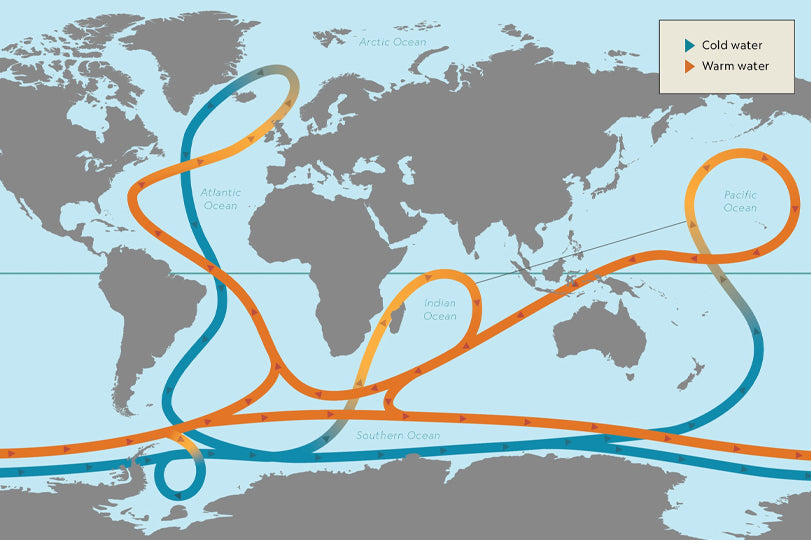Kirsten Zickfeld of Simon Fraser University in British Columbia leads a formidable triumvirate, combining youth and experience, in writing a PNAS paper on Centuries of thermal sea-level rise due to anthropogenic emissions of short-lived greenhouse gases.
This follows up on the long-held assumption that we have to put up with the effects of our atmospheric pollutions for a period well beyond our personal lifetimes.
Susan Solomon (ref. her work on the Antarctic Ozone Hole
and Daniel M Gifford of Massachusetts Institute of Technology, US, are her 2 colleagues, with Veerabhadran Ramanathan of Scripps Institution of Oceanography in San Diego doing the edit. They establish here a significant effect of greenhouse gases on both oceans and sea levels. Some gases live
in our atmosphere for mere decades, but CO2 is well-known to be able to persist for many centuries.
The struggle we have right now in 2017 is to somehow reduce all climate change by cutting all emissions of this carbon dioxide, and the rest. Mitigation of the many gases means understanding how they operate. The bad news is that the short-lived GHGs may disappear, but they cause thermal expansion (TSLR or Thermal Sea Level Rise) that we have failed to notice in the oceans for a much longer time period. The seas will rise high in the future if we can’t restrict emissions of these gases!
Methane is one culprit, released both from industry and many natural stores that are now being released as global warming affects the earth. It remains in the atmosphere only for 10 years, but will expand the oceanic sea levels for 200 years. This is now fixed, even if no molecule of methane was ever emitted again. CFCs(chlorofluorocarbons) and HCFCs(hydrochlorofluorocarbons) have already been banned after the Montreal Protocol. Had we continued to emit these in such large quantities till 2050, the seas would have risen up by an extra 14cm in just one century, with more to come. This significant single success here should guide us as we struggle to reduce emissions generally, with reductions of carbon footprints from the US and China likely to be the biggest and the most politically-important.
Assessments in this study also take account of future possibilities even if atmospheric temperatures become more stable or decrease. It is the contributions of the oceans that is becoming increasingly obvious and important in our calculations. That great heat store in the deep (where, apparently, heat descends) will also be affecting air temperatures for a very long time. 2 years ago, we examined how ocean currents maintain thermal energy deep in the Atlantic and Pacific, while surface temperatures remain cool in Our climate change is related to deep ocean currents and glaciations.
This paper again finds that 50% of our carbon dioxide will remain in the atmosphere for 750 years, even if 2050 sees the total end of emissions. Sea-levels will rise inexorably, whatever we do, endangering most of the world’s large cities (which happen to be near coasts, as that is where we built them.)










